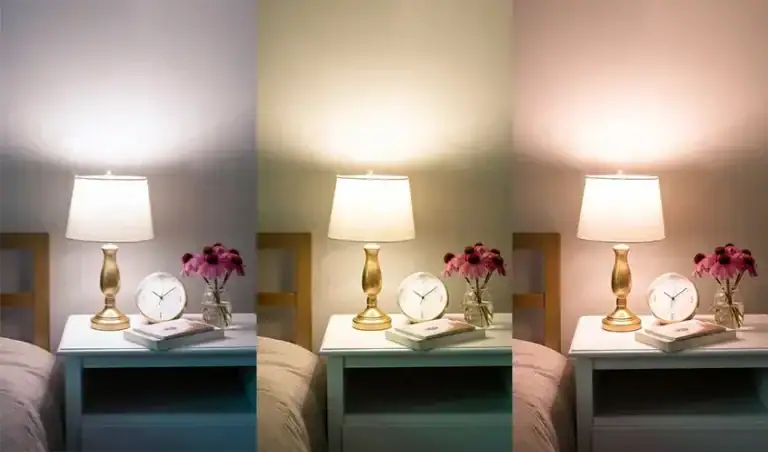When embarking on a home decorating project, the interplay between paint colors and light bulbs is an essential factor that can transform any space from ordinary to extraordinary. It’s a nuanced dance between the colors you choose for your walls and the lighting that will illuminate them, affecting everything from mood to perception and aesthetics. This comprehensive guide dives deep into how different types of light bulbs’ colors impact paint colors, helping you make informed decisions to achieve your desired home ambiance.
Understanding Color Perception
Color perception in our homes is significantly influenced by light—both natural and artificial. This dynamic affects how we experience spaces throughout the day. The right type of light bulb can complement your chosen paint colors, enhancing the room’s overall mood and feel.
The Influence of Natural and Artificial Light
Natural light showcases the truest form of your paint color, yet its intensity and availability fluctuate throughout the day. Artificial lighting becomes crucial in maintaining the vibrancy of your colors or achieving a particular atmosphere when natural light is insufficient.
Navigating Different Types of Light Bulb Choices
- LED Bulbs: Energy-efficient and versatile, LED bulbs range widely in color temperatures. Warm LEDs (2700K – 3000K) bring warmth to reds, oranges, and yellows, making spaces cozy. In contrast, cool LEDs (3500K – 4100K) highlight blues and greens, ideal for a crisp, alert vibe.
- Halogen Bulbs: Emitting a white light that closely resembles sunlight, halogens enhance paint colors vividly and accurately, perfect for showcasing the true hues of your walls in the evening.
- Compact Fluorescent Lamps (CFLs):These bulbs provide a cooler, diffuse light, amplifying the coolness of blues, greens, and grays. However, they might distort warm tones with their subtle blueish cast.
- Incandescent Bulbs: Known for their warm, yellowish glow, incandescent excel in cozying up spaces painted in warm tones but may dull cooler colors.
What are the different types of light bulb colors?
Light bulbs come in color temperatures, usually labeled as soft white (2700K), warm white (3000K), cool white (4000K), daylight (5000K–6500K), and sometimes specialty colors like red, blue, or green.
Which light bulb color is the brightest?
Daylight bulbs (5000K–6500K) often appear the brightest because they emit a crisp, bluish-white light that mimics natural sunlight.
What are different color lights for?
-
Soft/warm white: cozy spaces like bedrooms and living rooms
-
Cool white: kitchens, bathrooms, or work areas
-
Daylight: task lighting, garages, reading areas
-
Colored bulbs: mood lighting, holidays, or outdoor decor
Light Positioning: A Game-Changer
The placement of lighting fixtures significantly influences color perception. Overhead ambient lighting uniformly affects wall colors, while task lighting from table or floor lamps adds depth and drama through light and shadow interplay.
Testing Before Committing
To avoid surprises, test your chosen paint colors under various lighting conditions. Apply a sample on your wall, observing its appearance at different times and under different types of bulbs. This step ensures the mood and color you envision come to life precisely as intended.
The synergy between paint colors and lighting is a powerful tool in interior design
By considering the type of bulbs and their placement, you can create a space that not only enhances your chosen paint colors but also embodies your personal style and desired ambiance. Remember, the right lighting does more than illuminate; it transforms, defines, and elevates your space, making it uniquely yours.

